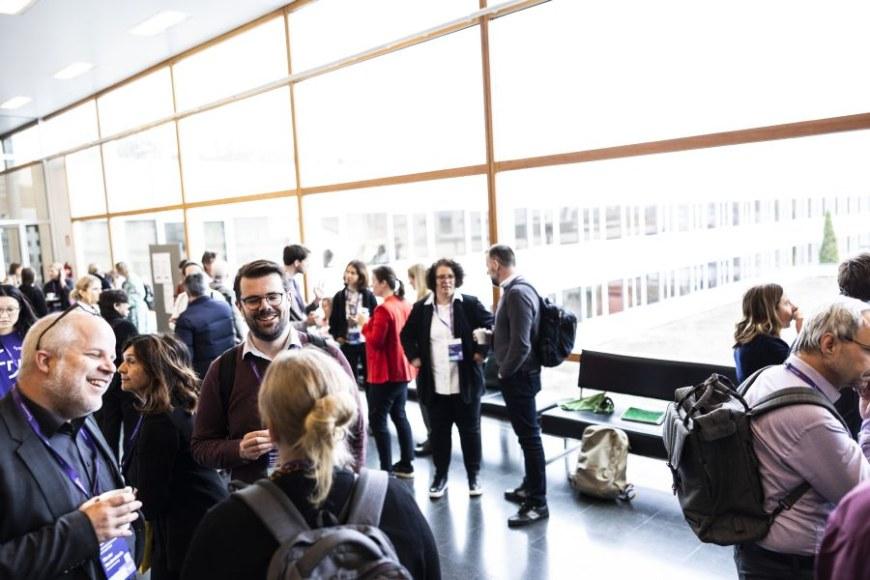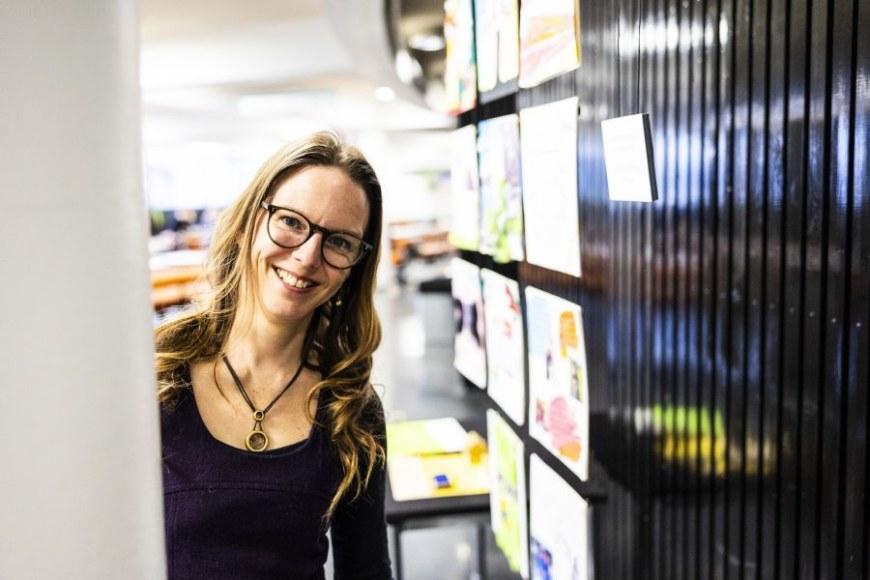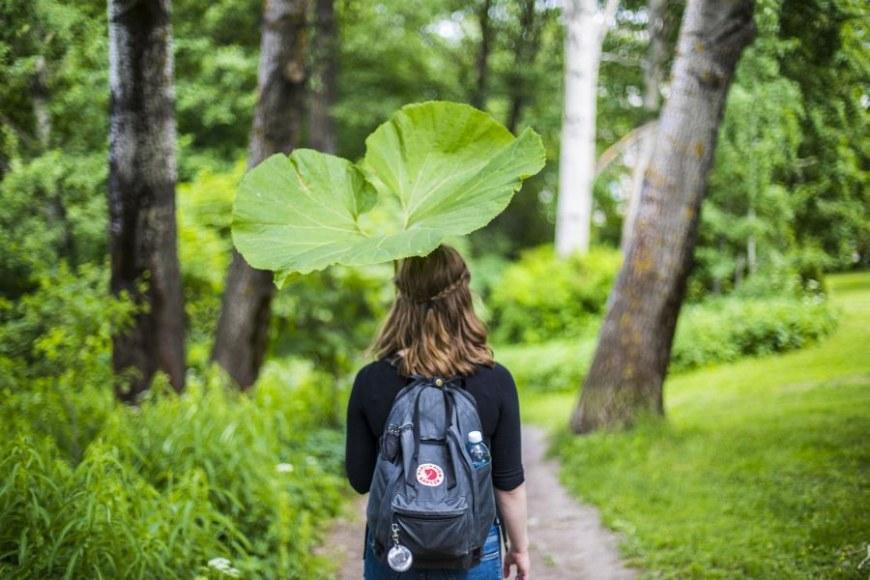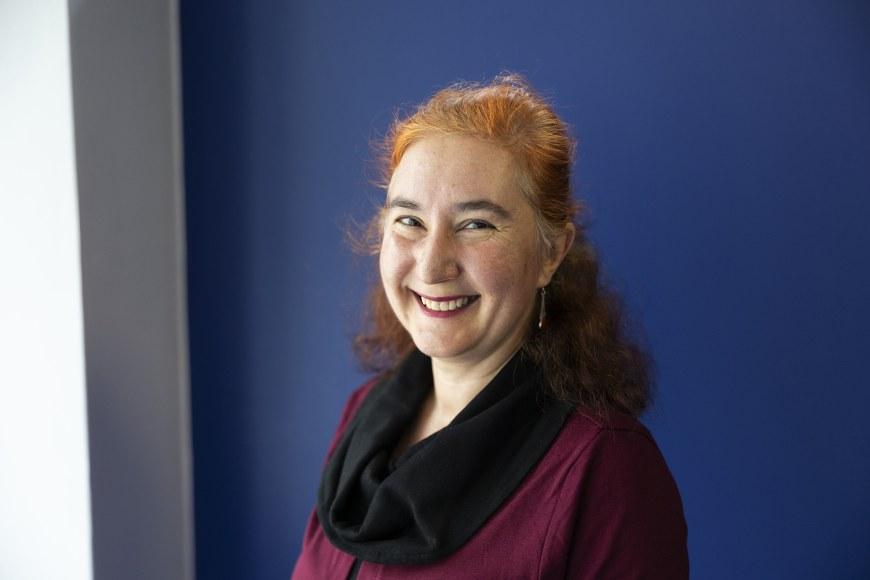Energy-efficient future: Härmälä to carbon neutral by 2030
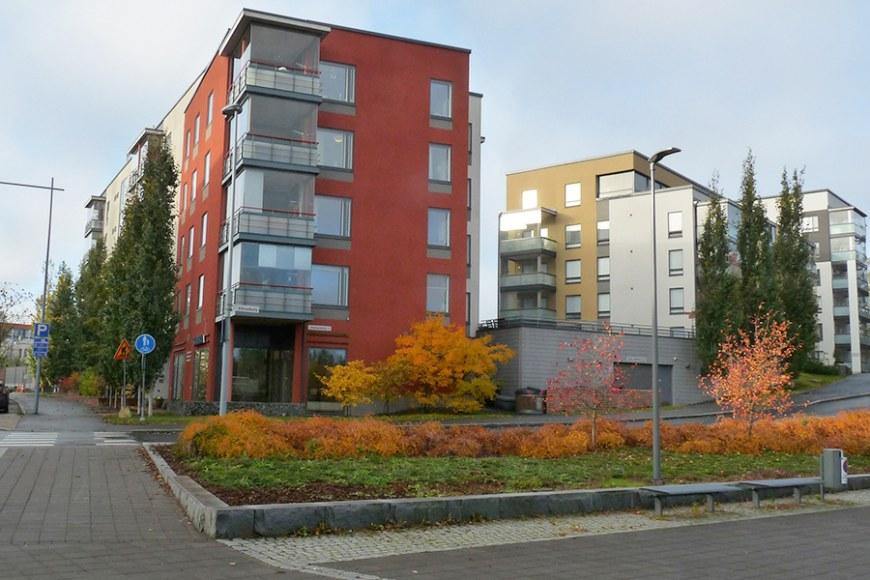
A significant achievement is the international Good Practices report, which was written by Tampere University of Applied Sciences’ Senior Lecturer Antti Mäkinen together with the AREA 21 project partners. The report goes through the existing good practices in energy design and explains how new technologies and tools can support residents in energy design.
Carbon-neutral Härmälä by 2030
Tampere University of Applied Sciences concentrates on development of an ICT tool for energy design and is responsible for the regional project planning together with the City of Tampere. In Tampere, measures are directed to Härmälänranta with the aim of reducing carbon dioxide emissions of the residential area.
The ICT tool can be used to measure room temperatures as well as electricity and water consumption in almost real time. The results can be seen through a web-based user interface.
“Fifteen minutes is a very good achievement as data on the day before has earlier been considered good. Finland is clearly a forerunner in this respect,” says Project Manager Aija Paananen from TAMK.
Even if residents have access to their energy consumption data, it does not mean that changes would take place in residential habits.
“It is challenging to present the application results to residents in such a way that they would change their energy consumption,” states Paananen.
All means are permitted to slow down climate change
In the future, the aim is to intensify energy design and make energy and resource use in residential areas effective and wise. It is important to use good practices.
“When we start designing entire residential areas, we can use our accumulating knowledge and experiences throughout the process,” says Aija Paananen.
For example, the energy design tool developed by TAMK is suited for collecting data. Many other companies have equivalent tools. Paananen does however not see competition as a bad thing as all are needed to solve the climate crisis.
“Personally I think that the climate crisis calls for multichannel changes. It is good that several parties work together to slow down the climate change,” she summarises.
AREA 21 is an international cooperation project which offers new tools for regional energy efficiency design. The project lasts for three years and is implemented by ten organisations around the Baltic Sea. The project partners come from Finland, Estonia, Germany, Poland, Sweden and Russia. They are local and regional authorities, energy companies and research institutions.
The Finnish project participants are Tampere University of Applied Sciences and the City of Tampere.
The project is funded by the European Union and its Interreg Baltic Sea Region programme (2014–2020)
Further information:
Aija Paananen, Project Manager, aija.paananen [at] tuni.fi (aija[dot]paananen[at]tuni[dot]fi)
Kari Kallioharju, Contents Manager, kari.kallioharju [at] tuni.fi (kari[dot]kallioharju[at]tuni[dot]fi)
Text: Ida Pellinen
Photos: Juho Rinta-Rahko and Katri Keltamo
